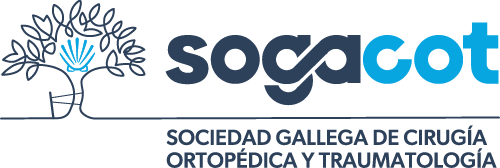Un estudio prospectivo de cohorte de la incidencia de las lesiones y los factores de riesgo en las animadoras de competicón en la Escuela Superior de Carolina del Norte.
Mark R. Schulz, PhD*,, Stephen W. Marshall, PhD,, Jingzhen Yang, MPH, Frederick O. Mueller, PhD,||, Nancy L. Weaver, MPH and J. Michael Bowling, PhD
From the Department of Public Health Education, University of North Carolina at Greensboro, Greensboro, North Carolina, the Department of Epidemiology & Orthopedics, University of North Carolina at Chapel Hill, Chapel Hill, North Carolina, the Injury Prevention Research Center, University of North Carolina at Chapel Hill, Chapel Hill, North Carolina, and the || Department of Exercise and Sport Science, University of North Carolina at Chapel Hill, Chapel Hill, North Carolina
* Address correspondence to Mark R. Schulz, University of North Carolina-Greensboro, PO Box 26170, Greensboro, NC 27402-6170 (e-mail: mrschulz@uncg.edu).
Background: Cheerleaders suffer nearly half of catastrophic injuries observed in female scholastic athletes in the United States. However, incidence of noncatastrophic injury in this population has not been described.
Hypothesis: Coach, athlete, and injury circumstance variables may predict the injury rate among cheerleaders.
Study Design: Prospective cohort.
Methods: The authors investigated injury incidence in a sample of North Carolina female cheerleaders who competed inter-scholastically from 1996 to 1999. Injury, exposure, and demographic data were collected from squads that participated in the North Carolina High School Athletic Injury Study.
Results: Cheerleaders suffered 133 injuries during 1701 athlete seasons. More than 21% of the injuries were ankle sprains. The injury rate was 8.7; the 95% confidence interval (CI) was 6.5 to 11.7 per 10,000 athlete exposures. In a multivariate Poisson regression model, cheerleaders supervised by coaches with the most education, qualifications, and training (coach EQT) had a nearly 50% reduction in injury risk (rate ratio [RR], 0.5; 95% CI, 0.30.9), and cheerleaders supervised by coaches with medium coach EQT had a nearly 40% reduction in injury risk (RR = 0.6; 95% CI, 0.31.2) compared to cheerleaders supervised by coaches with low coach EQT.
The American Journal of Sports Medicine 32:396-405 (2004)


